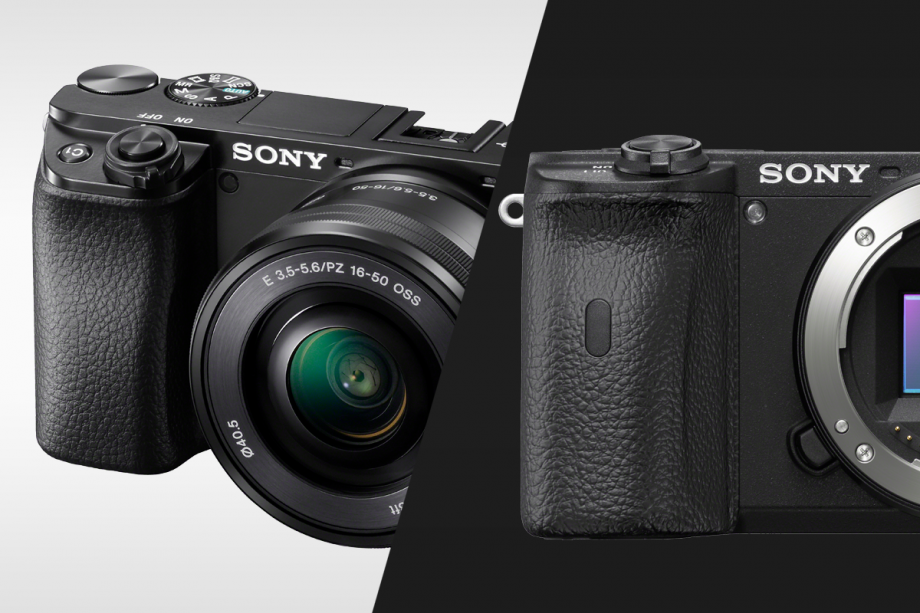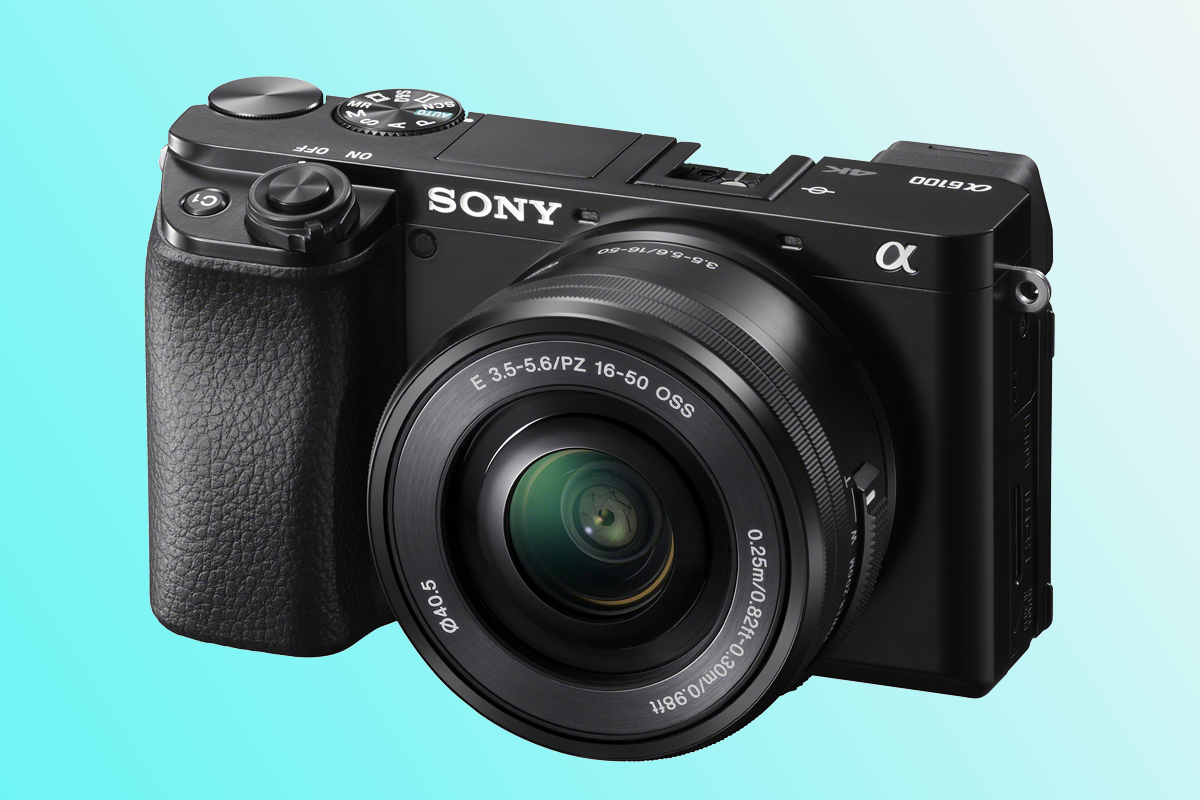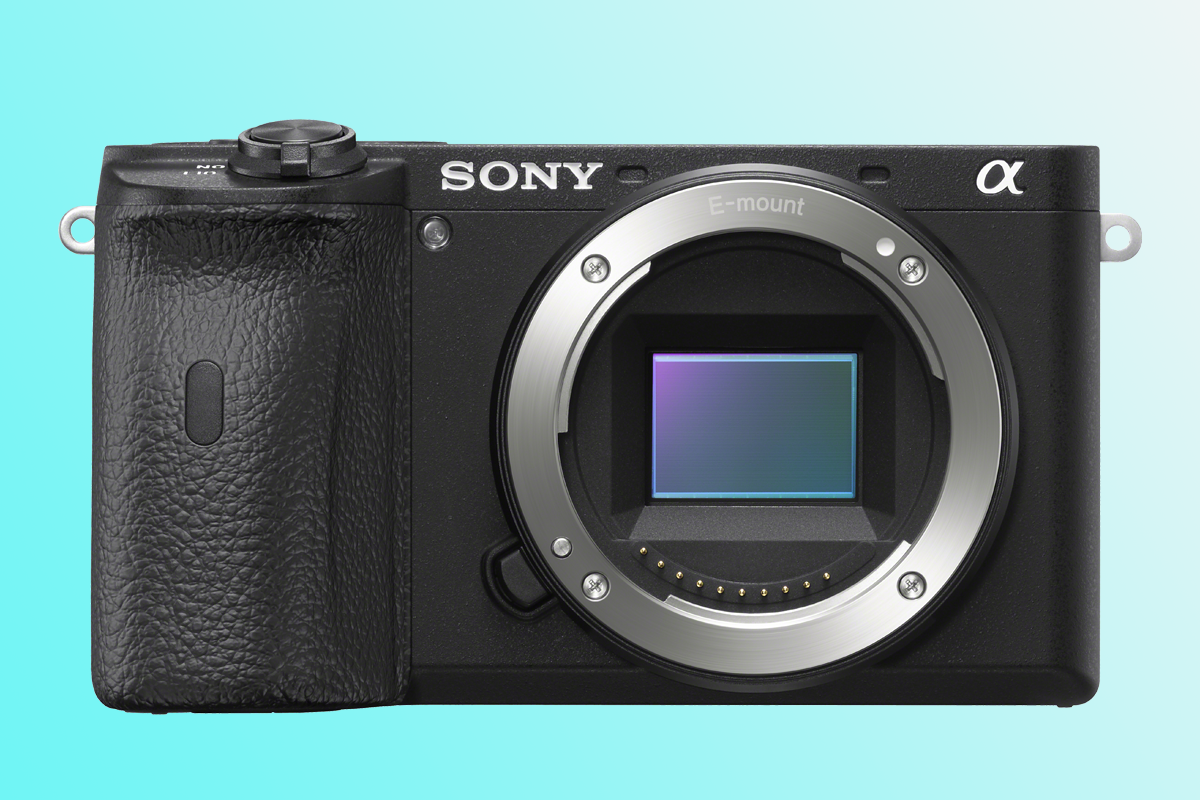Sony announces its exciting A6100 and flagship A6600 mirrorless cameras

If you’ve been holding out all summer for a travel-friendly Sony mirrorless camera that sits between its premium compacts and full-frame powerhouses, we have good news – there are now two new Alpha E-Mount models, called the Sony A6100 and Sony A6600.
The Sony A6100 is the beginner-friendly model and takes the baton from the popular but ageing Sony A6000 from 2014, which will remain on sale for those who need a cheaper option.

But the more interesting camera, particularly for ambitious hobbyists, is the much-anticipated Sony A6600, a premium model that replaces the Sony A6500 and brings features like in-built image stabilisation and video shooting powers that include 4K HDR movie recording.
Both cameras have a 24.2-megapixel APS-C CMOS sensor, 11fps continuous shooting and hybrid autofocus with real-time tracking. But the A6600 justifies its premium price tag with a few extra features including Real-time Eye AF for movies, a headphone jack and a Z battery, which apparently lasts 2.2x longer than the Sony A6500’s battery (for an impressive 810 shots, according to its industry standard CIPA rating).
It is a little heavier and bigger than the A6100, weighing in at 501g compared to the 396g for the latter, but remains lighter than rivals like the 539g Fujifilm X-T3.
Related: Best mirrorless cameras
The two new Alpha cameras are designed for different types of photographers. While the Sony A6100 is a more affordable model for those looking to take a step up from their smartphone cameras, the Sony A6600 is like a mini version of Sony’s A7 series, which have larger full-frame sensors. Sitting in between the two is the Sony A6400, which came out in February 2019.

On paper, the Sony A6600 isn’t a huge upgrade on the latter, with in-body image stabilisation, real time Eye AF in movies, and the headphone jack being the main differences, which should all make it the superior video camera. It’s a slight surprise to find that it doesn’t shoot 4K video at 60fps (topping out at 4K/30fps), and still has the same viewfinder as its predecessor (a 2.4m-dot affair), but Sony claims there are over 40 improvements from the Sony A6500.
That viewfinder is higher-res than the A6100’s 1.4m-dot EVF, while the latter also lacks the A6600’s advanced video profiles like S-Log and, of course, in-built image stabilisation, which is handy for both video and shooting stills in low light.
Related: Best travel camera
Sony also announced two new E-mount lenses with its new cameras, which include G Master tech for the first time in its APS-C lenses. Its new flagship 16-55mm f/2.8 standard zoom lens is an all-rounder for portraits, landscapes and travel shooting, while the 70-350mm f/4.6-f/6.3 G OSS is a super-telephoto zoom.
So when can you buy all these new Alpha-flavoured treats? Both cameras will be available from October 2019. The Sony A6600 will cost £1,450 (body only), or £1,800 for the ‘M’ kit which includes an 18-135mm lens. The Sony A6100, meanwhile, will be available for £830 (body only) or as part of an £900 ‘L’ kit (which includes the 16-50mm lens) or a ‘Y’ kit, which includes a 55-210mm lens.
The lenses, meanwhile, will be on sale at £1,200 (for the 16-55mm f/2.8) and £830 for the 70-350mm f/4.6-f/6.3 G OSS in October 2019 too. We’ll bring you our first impressions of both cameras very soon.


